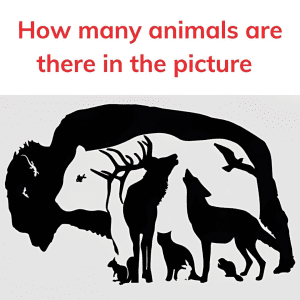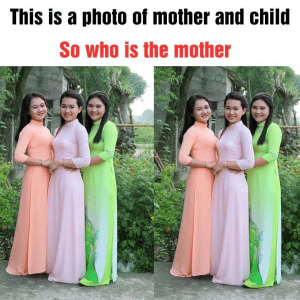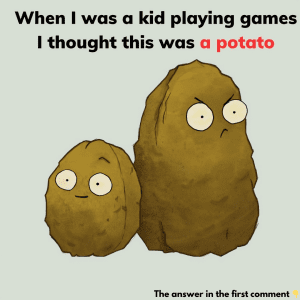Do you love puzzles that challenge your attention to detail? Here’s a fun picture puzzle designed to test your observation skills. At first glance, everything in the image seems normal. It shows an ordinary street scene with traffic signs, vehicles, and pedestrians. But something doesn’t quite add up. The question is: can you find the mistake in the picture?
The Challenge of Spot the Difference Puzzles
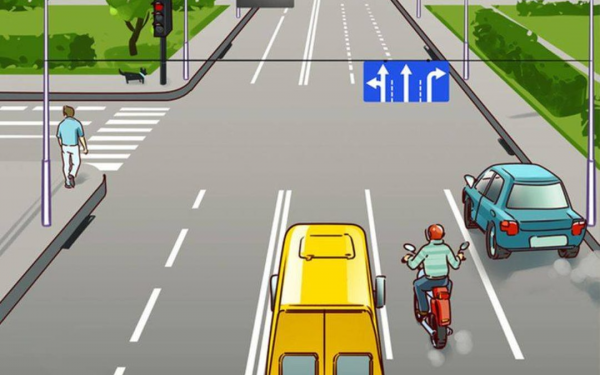
“Spot the mistake” puzzles, like this one, are perfect for sharpening your focus. These puzzles force you to look closer at what might seem like a simple scene, challenging you to pick out the subtle details that others might miss. However, these types of puzzles can be tricky. Often, the most overlooked details are the ones hiding the mistake.
Many people miss the error because their brains automatically assume everything is correct. But as with many visual challenges, the answer lies in the fine details. Let’s break down the puzzle step by step to help you identify the hidden mistake.
Common Mistakes People Make with Visual Puzzles
Before diving into the solution, let’s take a look at some common errors that people make when attempting visual puzzles:
- Focusing on the Main Elements: Most people zoom in on the obvious parts of the image, like the vehicles or pedestrians, and overlook the smaller, subtle clues.
- Ignoring Background Details: Often, the mistake is hidden in the background. Elements like signs, buildings, or lane markings hold the clues needed to solve the puzzle.
- Making Assumptions Based on Logic: Our brains tend to fill in gaps based on what we expect to see. In puzzles, these assumptions can lead us in the wrong direction. For example, if we see a turn sign, we expect there to be a road for that turn.
Step-by-Step Guide to Solving the Puzzle
To find the mistake, we need to take a closer look at different elements in the picture. Here’s how to approach it step by step.
Examine the Road Markings and Signs
Start by examining the road itself and the traffic signs above it. In this particular puzzle, the road has three lanes, each with a corresponding traffic sign hanging overhead. The signs indicate directions: the left-most lane is for turning left, the center lane is for going straight, and the right-most lane is for turning right.
However, look closely at the right-most lane. The sign clearly shows that the lane is meant for right turns, but does the road lead to a right turn? This is the first red flag.
Analyze the Right-Turn Lane
Upon closer inspection, you’ll notice something odd about the right-turn lane. While the traffic sign indicates a right turn, there’s no actual road leading in that direction. Instead, the lane ends abruptly at a curb and some greenery. This mismatch between the road layout and the traffic sign is critical in identifying the mistake.
Compare the Signs with the Road Layout
The next step is to compare the traffic signs with the road itself. You’ll see that while the left-turn and straight-ahead lanes make sense, the right-turn sign doesn’t align with the physical road. There’s no path for vehicles to follow the sign’s instructions. In fact, a vehicle attempting to turn right would crash into a curb or grassy area instead of continuing along a road.
Spot the Mistake: The Right-Turn Sign
The mistake in this picture is the misleading right-turn sign. It directs drivers to turn right, but there is no actual road for them to follow. This small detail is easy to overlook but disrupts the logical flow of the traffic signs and road layout. Drivers are instructed to make a turn that doesn’t exist, making this an intentional error designed to test your observation skills.
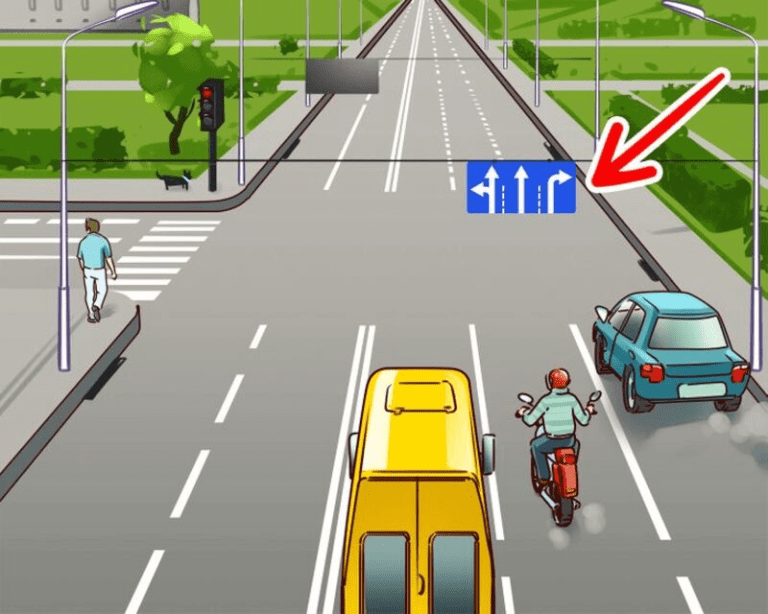
Why Visual Puzzles Improve Your Observation Skills
Spotting the mistake in this image isn’t just about being eagle-eyed. It’s about training your brain to think critically and pay attention to details that others might miss. Here’s why solving puzzles like this one helps sharpen your mind:
- Increased Focus: Visual puzzles demand that you concentrate on every element in the picture. This improves your ability to focus on fine details in real-life situations.
- Improved Critical Thinking: These puzzles challenge you to think beyond the obvious. You must question what you see and analyze the scene to uncover hidden errors.
- Pattern Recognition: Spot the difference puzzles train your brain to recognize inconsistencies and patterns. This skill is transferable to many areas of life, from solving work-related problems to reading social cues.
- Creative Problem-Solving: Puzzles encourage out-of-the-box thinking. Sometimes, solving a puzzle isn’t about following the rules—it’s about finding creative solutions to unexpected problems.
Share Your Experience and Thoughts
Did you manage to spot the mistake right away, or did it take you a few tries? If you solved it quickly, congratulations! If not, don’t worry—visual puzzles are meant to be challenging, and they’re a great way to practice your observation skills. Now that you know the solution, feel free to share it with your friends or family to see if they can solve it too!
These kinds of puzzles are not just fun; they’re also beneficial for keeping your mind sharp and active. Each time you solve a puzzle like this, you’re enhancing your ability to think critically and analyze the world around you. So, next time you come across a visual puzzle, take your time, question what you see, and enjoy the process of solving it!
Conclusion: The Devil is in the Details
In summary, the mistake in this picture lies in the misleading right-turn sign. The sign instructs drivers to turn right, but there’s no road to accommodate that turn. This subtle error is a great example of how small details can completely change the logic of an image. Solving puzzles like this one not only tests your attention to detail but also sharpens your problem-solving skills in everyday life.
Remember, whether it’s solving puzzles or tackling real-world challenges, always keep an eye on the details—they can make all the difference!
